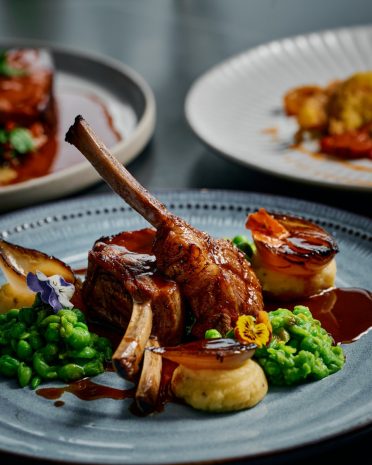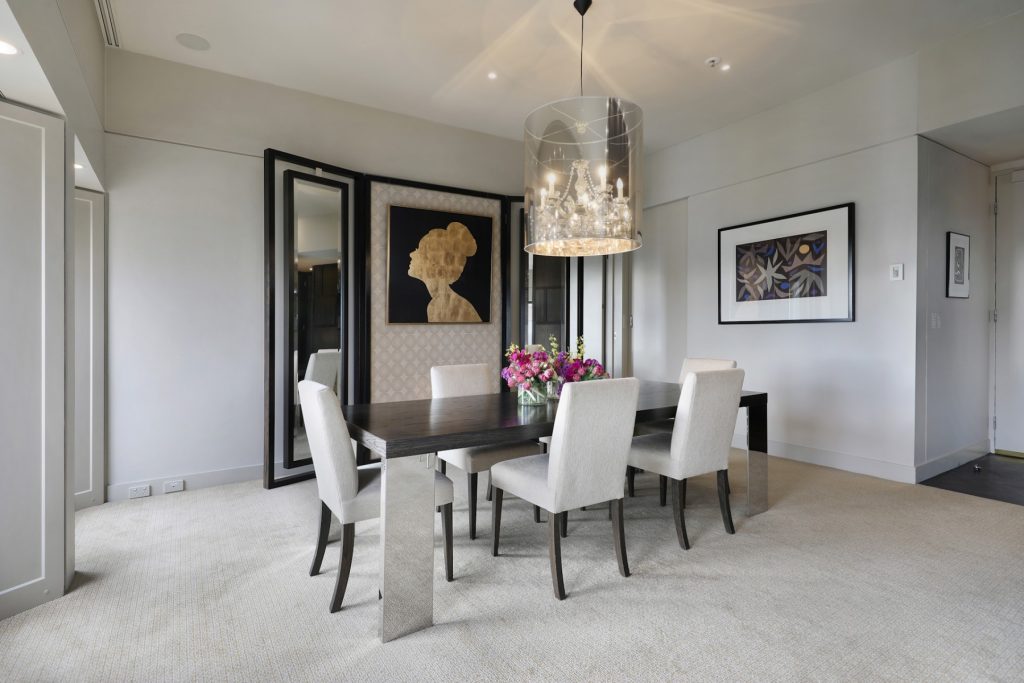Sofitel Melbourne on Collins - Luxury hotel -
404 - Sorry, the page you have requested is unavailable.
Back to home- AROUND THE HOTEL
- BIENVENUE
- Careers
- Careers
- Celestial Suites
- Club Sofitel
- COMMERCIAL TERMS AND CONDITIONS
- Conference & Events Menu’s
- Conferences et Events
- Contact Us
- Cookie Policy
- Curated from the Heart
- DISCOVER NET-ZERO CARBON HOSPITALITY
- Escher Urban
- FACCI Member Exclusive Offer
- FAQs
- Friends & Family Offer
- Gallery
- Gift Vouchers
- GUEST ROOMS
- Legal Notice
- Marriage
- Media Centre
- BESPOKE PYRAMID-SHAPED BATH BOMB TO CELEBRATE SOFITEL WINE DAYS
- GREEN GLOBE CERTIFICATION AWARDED TO SOFITEL MELBOURNE ON COLLINS
- INTRODUCING SOFITEL’S NEWEST COLLABORATION IN TIME FOR TERRACOTTA WARRIORS GUARDIANS OF IMMORTALITY
- Let them eat Éclairs
- Sofitel Celebrates NGV’s ‘The House of Dior: 70 years of Haute Couture’ exhibition with collection of couture cocktails
- New Blog page
- NGV: The Modern New Yorker Lunch
- Oak’s Day Makeup Masterclass
- Oak’s Day Virtual Event
- OUR COMMITMENT TO SUSTAINABILITY
- Press Reader
- RESTAURANTS ET BAR
- Sitemap
- So Cultured – Custom Illustration Confirmation
- So Cultured T-shirt Order Form
- Sofitel Sounds
- SOIRÉE À LA MAISON
- Supplier Partner Exclusive Offer
- Thank you for submitting your illustrated T-Shirt order
- The Changing Faces of Keynote Speaking
- Theatre People
- Un Petit Quiz
- Valentine’s
- Vote For Us
- 跨年之夜晚餐
- SPECIAL OFFERS
- Arts Initiatives
- Australian Brandenburg Orchestra
- Chunky Move
- Harry Potter and the Cursed Child
- Melbourne Symphony Orchestra
- The Australian National Academy of Music
- The Wheeler Centre: Books Writing Ideas
- MELBOURNE CHAMBER ORCHESTRA
- Victorian Opera
- Magnifique Breakfast
- Magnifique Breakfast with Dinner
- Magnifique Romance
- INNOVATION FOR A GREENER, CLEANER CITY
- UPTOWN OR DOWNTOWN, GETTING AROUND OUR CITY
- MOVING TOWARDS A MORE SUSTAINABLE MELBOURNE.
Sofitel Melbourne on Collins
Book your stay




